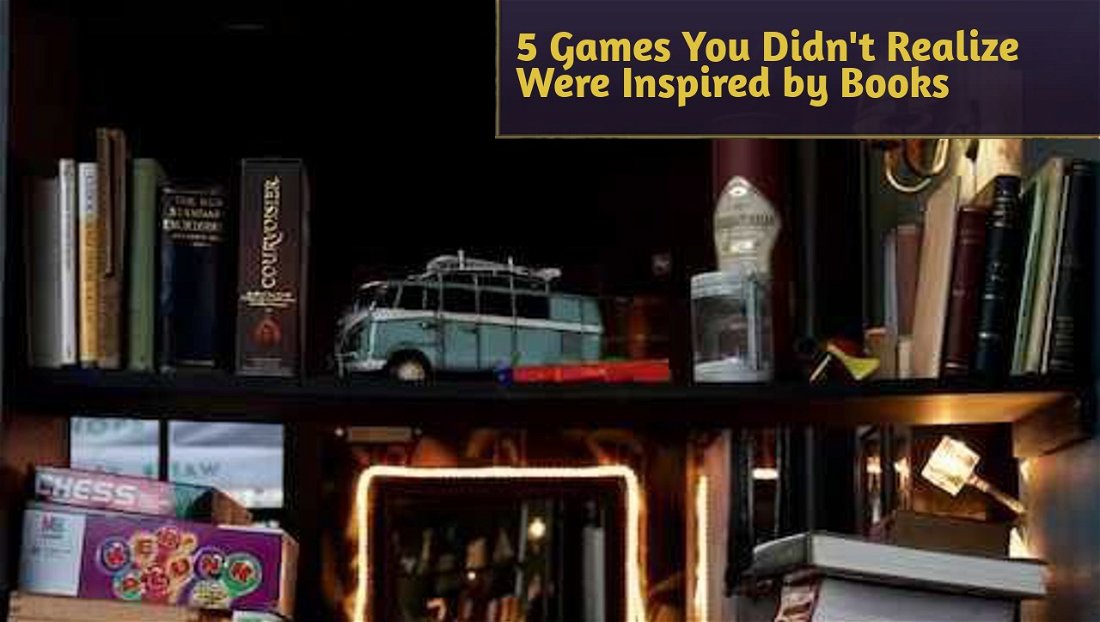Most Americans know about The Price is Right, seeing as it’s the longest-running game show in US history. If you’ve seen the show, you may also remember Plinko as one of its many games. What most don’t know is that the disc-dropping game follows a similar gameplay loop to one of Japan’s first mechanical gambling games.

Pachinko V Plinko
That game is pachinko, a game iconic for its metal ball bearings used to play the game. Those are released into a playing area filled with pins, either by being launched from the bottom or dropped from the top. The ball hits pins, bounces around, and then comes to rest in one of several pockets corresponding to a prize.
Most of the above is exactly how Plinko works. Alongside cliffhangers and the showcase showdown wheel, Plinko is arguably the most iconic game on The Price is Right. It’s so iconic that its formula has been used in other games, including online casinos that keep the possibility of winning money. Most iGaming sites have their own version of the plinko game, where its rules are consistent. In them, the disc is dropped from the top of the playing area. It can settle in multiple pockets at the bottom of the game, each labeled with its payout/prize.
The Story of Pachinko
While pachinko is inseparable from Japanese culture today, its origins actually loop back around to Western Europe and America. The first-ever machines were small toys better known as korinto gēmu, or the Corinth game. This is suspected to have come from America, where a type of bagatelle called Corinthian bagatelle was played in the 1800s.
A variant of this bagatelle game used immovable metal pins, instead of standing wooden cylinders. That version was named billard japonais which, despite literally meaning Japanese billiards, was invented in Western Europe by French speakers. This game led to both pinball and pachinko in the east.
Over time, the game of chance quickly became a fascination for adults. Parlors soon followed, where citizens could congregate and play the game for money prizes. While slot machines took over the rest of the world, Japan stuck with pachinko instead. Once the ‘80s came around, at the height of the Japanese economic miracle, mechanical pachinko games were swapped for flashy electronic ones instead.
The Story of Plinko
While pachinko machines had just turned electric in the ‘80s, this is when Plinko started. It debuted on The Price is Right on January 3rd, 1983, where it had the highest cash prize at that time - $25,000. The game was created by Frank Wayne, the executive producer responsible for bringing The Price is Right back for its 1972 run under Bob Barker. The show hasn’t disappeared from the airwaves since, hence why it’s the longest-running game show not just in the US, but of all time.
When it debuted, Plinko was an instant hit with audiences. That was helped by several humorous cases where the game malfunctioned in several unforeseen ways. At first, the board didn’t have a front cover. This meant the player’s chip would sometimes bounce out of the game entirely. That issue wouldn’t be solved until nearly a decade later in 1991, when the board finally received a rework and a shiny plexiglass cover. Then the chip started to get stuck under the plexiglass instead. A new 1994 cover was installed with holes that could be used to knock stuck chips.
Plinko has always been one of the more generous games on the show, with its prized middle pocket hitting up to $250,000. For its 30th anniversary in 2013, the show celebrated by broadcasting an entire episode of Plinko. Between its high earning potential and iconic gameplay, it’s no wonder that it remains a fan favorite to this day.










— commentaires 0
, Réactions 1
Soyez le premier à commenter